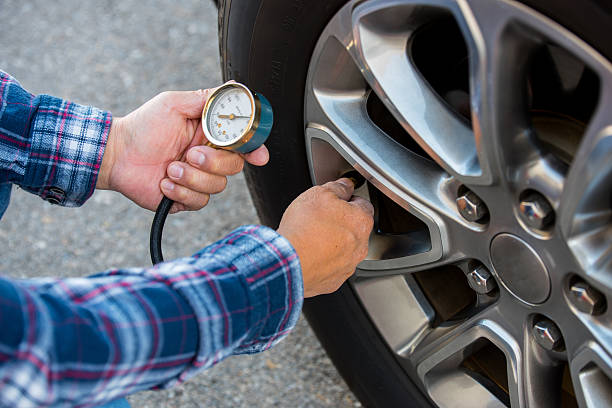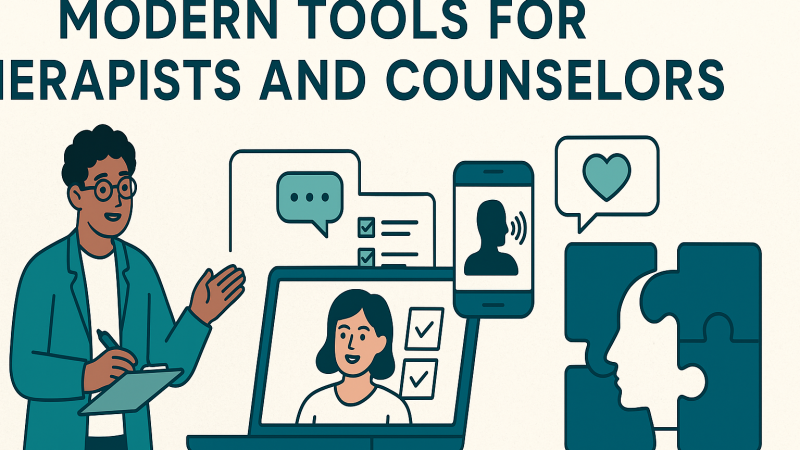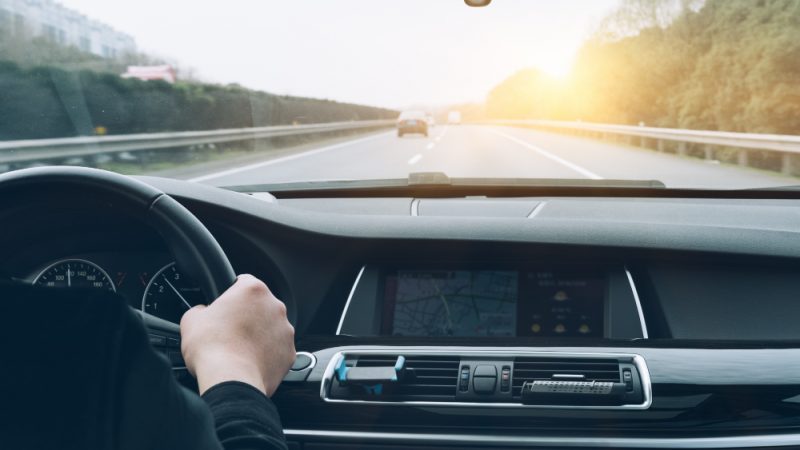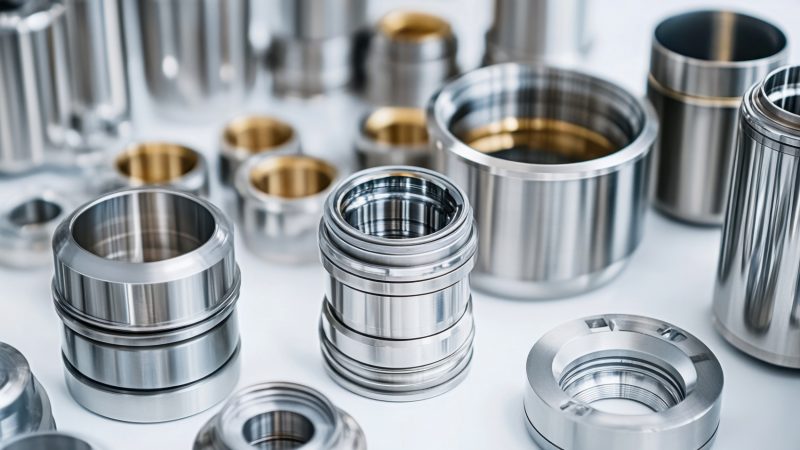What is the lowest tire pressure you can drive on?

Low tire pressure is a problem we’ve probably all faced at least once. In fact, tire problems occur all over the world every single day.
However, not all tire problems are the same. Sometimes they just burst out and render your car undrivable immediately, but sometimes the pressure drops gradually, although fairly quickly.
If that latter scenario happens to you, a logical question to ask is the one about the lowest tire pressure you can drive on. This is important to know for several reasons, so stick around and learn all about it. Let’s get started!
What is the recommended tire pressure?
The recommended tire pressure is pretty much the same for almost all cars and it stands somewhere between 30 and 35 PSI (above 2 Bars, i.e. 2 kg/cm2). You can find the exact specifications inside your car, usually on some sort of sticker and usually on the door.
Things are all right while the pressure is within 5 PSI from the recommended amount. If it drops more, your car will start to perform significantly worse, although it will still be able to go on.
20 PSI is the magical number. Anything below that is considered a flat tire, and this applies to about 90% of the vehicles on the road these days. So, up to that point, you can still drive, technically, but if the pressure is below that, you’re risking some serious damage to your car.
The best thing to do if you notice the pressure dropping is to reinflate the tire or simply change it if it’s been punctured.
Problems of low tire pressure
If a tire has lower pressure than specified, this can, as we’ve already said, impact the performance of your car in a major way. But what does that mean exactly?
Well, for one, the handling will be much worse as the car becomes much more unstable and difficult to control. So, should you notice that you’re losing pressure, try to pull over as soon as possible so as to try and fix the problem and not to endanger yourself and other drivers.
Apart from that, however, lower tire pressure means that your car’s fuel consumption will grow, which means you will be driving less efficiently.
Finally, less pressure means more heat for your tires, and that is certainly not good because it increases the risk of a tire bursting in the middle of the road. The heat changes the chemical composition of the tire, especially if you’re driving fast, and it becomes less resistant to the forces affecting it.
The bottom line is that, while it is possible, you shouldn’t drive with a low-pressure tire unless absolutely necessary. It can damage your car and be a potential danger on the road. Pull over and change it, if possible, or call for help. Fix things quickly and continue enjoying your drive.





